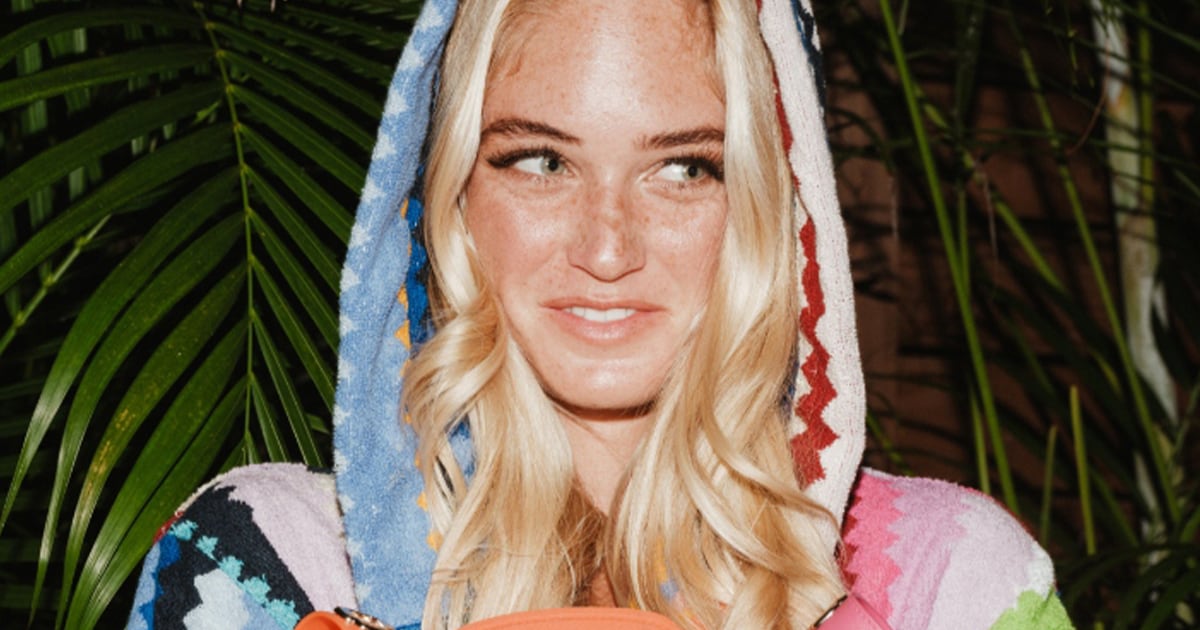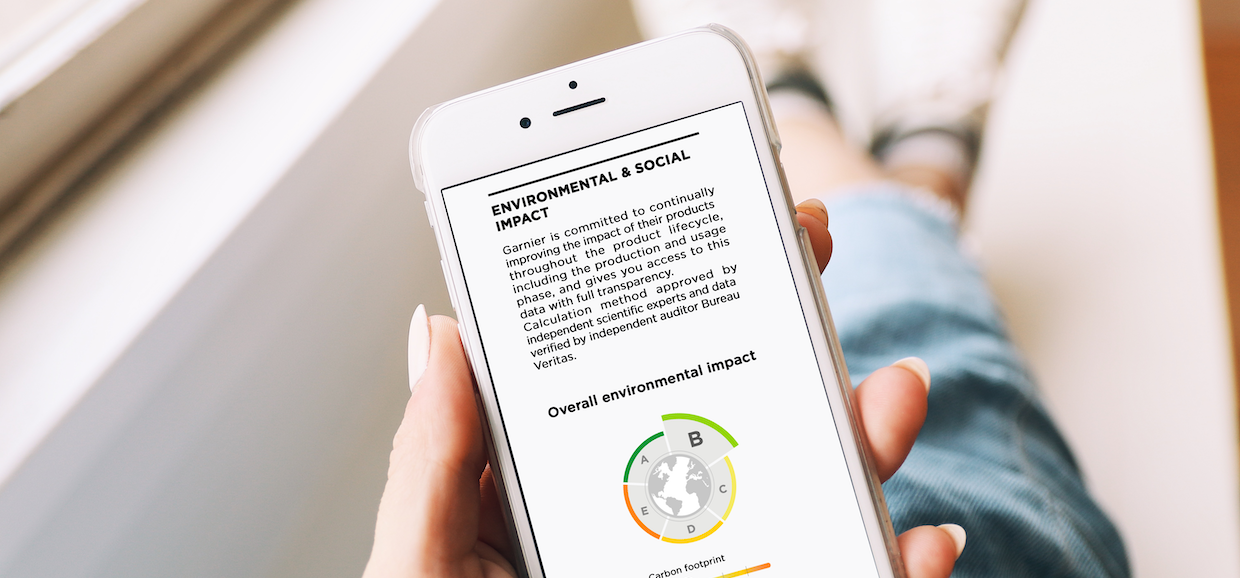What It Takes to Win at DTC in 2024
To beat rising costs, shoemaker Larroudé took matters into its own hands.
After two years of seeing its manufacturing fees increase, Larroudé, which launched in December 2020, used the cash the business had generated so far to open its own factory in Sapiranga, Brazil in April 2023.
The move set back the company less than $1 million, but led to a 20 percent reduction in the costs to make its shoes, and production time going from six weeks to two weeks. Now, a third of its shoes are made in-house, which helps the company negotiate lower rates with its manufacturing partners. The company paid back the costs of opening the factory within six months, said Ricardo Larroudé, the brand’s co-founder and chief executive, and generated about $30 million in sales and more than $2 million in earnings before taxes, depreciation and amortisation in 2023.
Larroudé is just one example of this generation of post-pandemic digitally-native brands. Determined to avoid the fate that had befallen their predecessors, they are taking voracious steps to profitably grow sales in a market that demands nothing less. No longer can brands bank on selling online as a differentiator or on cheap social media ads to easily acquire consumers. The latest entrants to the DTC space were born in an economy where consumers’ attention spans are shorter and their budgets are tighter. Investors that demanded eye-watering growth by any means now expect profits on top of sales growth, that is, if they’re interested in investing in fashion at all. New brands are forced to get creative about finding capital — or forgoing outside investment altogether.
Building a brand online today means focussing on profitability from the get-go and as such requires a new playbook. Now, brands are finding ways to save on both marketing and operational costs to prioritise profit growth, whether it’s by bringing loyal customers into the product development process to better determine demand or finding recurring revenue strategies to increase customer retention.
Many of the early stage start-ups seeing early success with these tactics are in beauty and wellness, where margins and retention rates are higher, and there’s a clear path to exit in acquisition by a conglomerate. Still, a small group of emerging fashion start-ups, including Larroudé, activewear brand Bandit Running, jewellery maker Dorsey and men’s T-shirt seller True Classic, are proving it’s not impossible to build an apparel or accessories brand from the ground up with a locked-in audience and a strong bottom line.
“There is an increased focus on profitability at early stages. Naturally the biggest question is whether someone should prioritise growth or profitability,” said Marissa Lepor, director at investment bank The Sage Group. “The best businesses have both.”
Developing a Unit Obsession
Today’s digitally-native brands want to make sure when they produce a product, they can sell it.
That’s meant being vigilant about inventory management and taking a more careful approach to product development. One way emerging start-ups are doing this is by regularly including their customers in the ideation process.
Bandit Running, for instance, has a “community-centred design process,” said Nick West, the brand’s co-founder and chief executive. It hosts monthly sessions with the brand’s chief design officer, where New York-based customers who are often local runners discuss features they want in their running gear. A women’s racing crop top with six pockets that was developed from feedback given during those sessions ended up selling out within 24 hours, West said.
“We’ve been balancing supply and demand at a very fine level,” he added. “A bad or much too large inventory for an apparel company can cripple it. So we’ve tried to be really smart about that balance.”
Iterating on what consumers are already buying is another tactic. Larroudé uses its factory to quickly update core styles instead of designing entirely new silhouettes that may not catch on with customers.
The brand tracks daily sales to see which silhouettes or materials are selling the most, then it introduces new colours in that style or uses that material in other silhouettes. Five of the brand’s key styles, including its slingback stilettos and strappy sandals, account for 80 percent of annual sales. The brand expects this process will help it triple annual sales to $100 million by 2026.
“If I keep trying to launch everything new, I’m gonna miss out on great business or things that clients actually want, they just want more of that specific thing,” Larroudé said.
Keeping Your Audience
Creating products a brand is confident their audience will buy helps with another key goal for young labels — to get existing customers to keep shopping. In doing so, they are better positioned to grow while spending less on acquiring new shoppers.
Many DTC brands have historically attempted this through email and SMS marketing, but the brands seeing massive growth have subscription services that ensure recurring revenue for them and ongoing incentives for their customers.
Bandit Running launched a $125 annual membership in December 2022, giving members a 10 percent discount and free shipping on all orders, as well as 20 percent off with brand partners like ASICS and Citizen M hotels. That service has led to a nearly 60 percent repeat purchase rate, with those customers making at least five purchases on average, West said. The brand expects revenue to triple this year.
“It has evolved to really make it as much of an economic no-brainer. We know that if somebody is a loyal Bandit shopper we can drive more value to them,” West said.
These tactics have helped this generation of start-ups reach profitability much earlier on than their predecessors, opening the door to sustainable growth while striking a balance of meeting both consumer and market expectations.
There are brands with “strong unit economics, strong contribution margin that can evidence efficient growth to invest in,” said Taryn Jones Laében, president and founder of advisory and investment firm IRL Ventures. “That indicates it’s on a trajectory to grow in a healthy way.”






